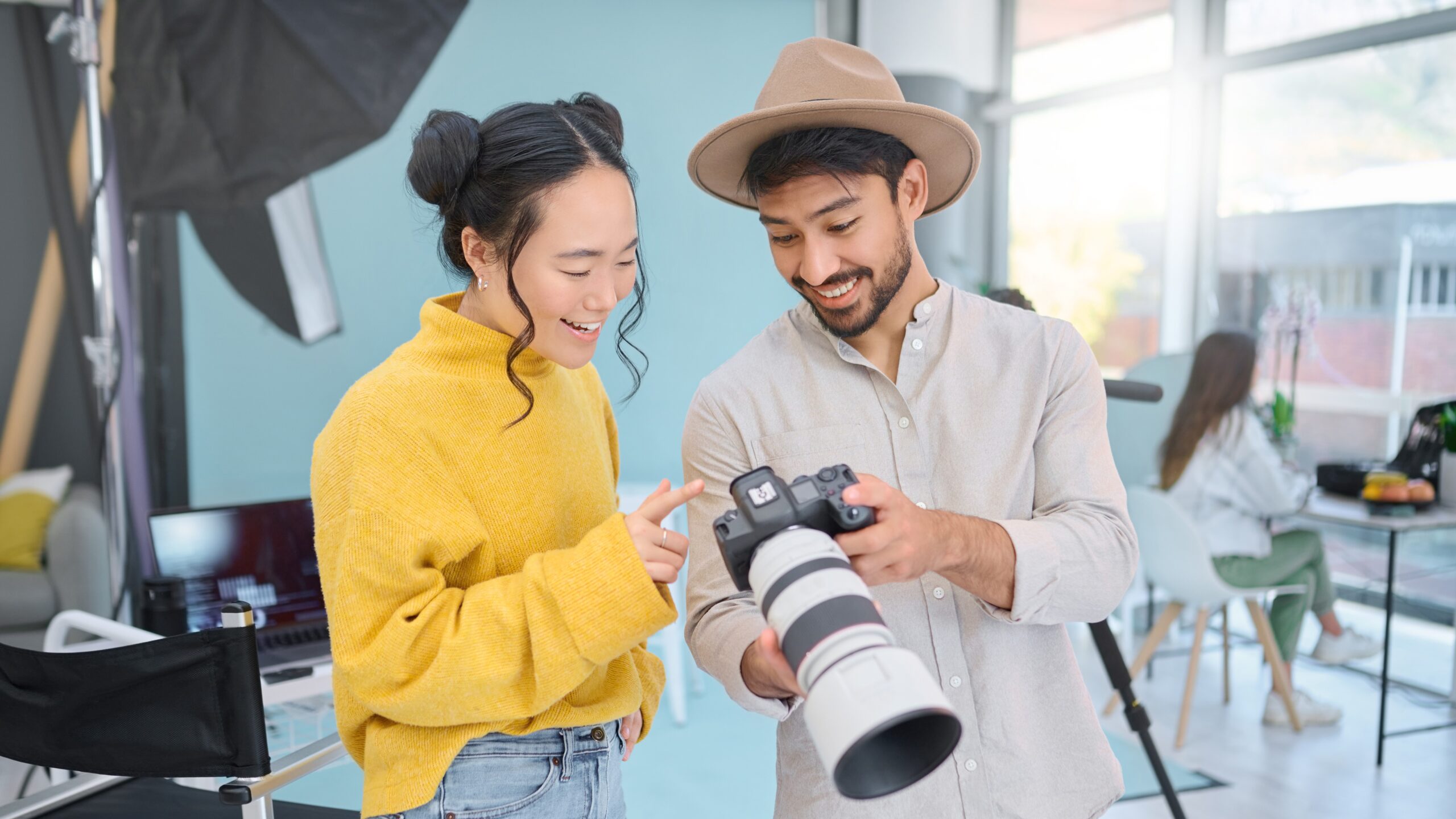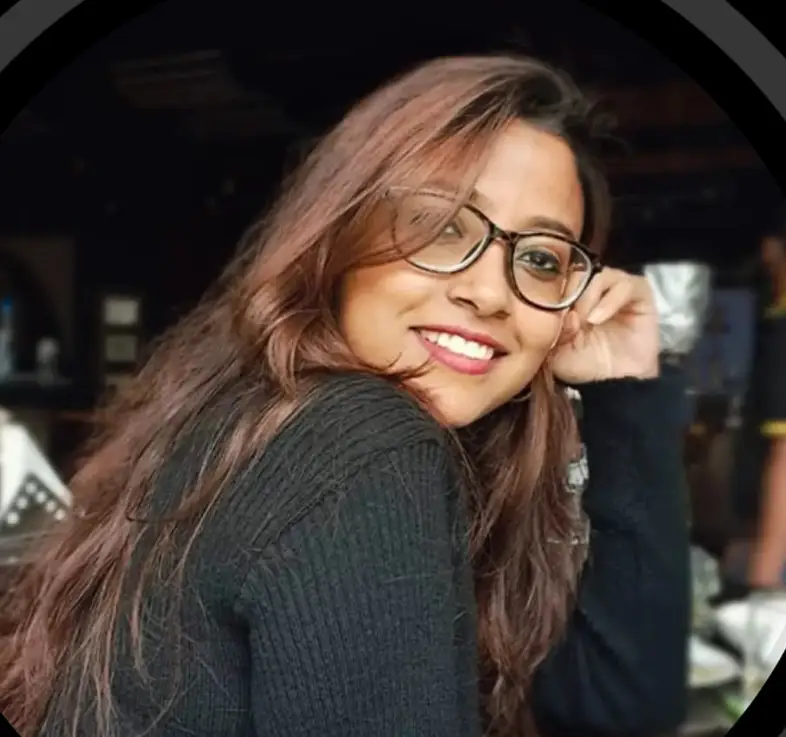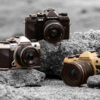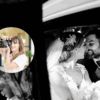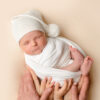When we first start as photographers, we prefer to shoot in Auto mode. It’s like giving the camera all the free will to show you what it can capture. However, when you switch to manual, you take the baton of producing great images.
Even though a professional photographer and a new photographer may take photos with the same camera and same camera angle the results can be extremely different. The reason is that most professional photographers prefer to shoot in manual mode as they get to manipulate the shot to their liking.
Since I switched to manual mode, I felt that there are so many more creative possibilities. Now, I rarely switch back to the Auto mode of the camera setting from “M”.
Why Shoot in Manual?
As you start shooting in manual mode, you will have much more control over each image. Of course, at first, you will feel tempted to let the camera decide the settings of each image, but not for long. Most of the time, you will find that automatic mode does not give justice to a photo you have envisioned. Also, the automatic mode doesn’t allow you to learn anything about photography. It’s an art, and the best way to practice is by jumping in the deep end.
Manual mode allows you to play with the photo settings: the triangle of photography. The exposure triangle consists of ISO, aperture, and shutter speed. The combination of all three elements determines how much light comes inside the lens from the scene.
Are you eager to shoot motion-blur? Then you have to slow down your shutter speed. Do you face difficulties shooting in low light? You can up the ISO a few notches from your camera. Want to shoot portraits with bokeh? You have to know about wide aperture and tricks of differential focus. Once you master the manual mode, you can creatively harness the power of your DSLR. You can tweak the settings according to the subjects and scene changes.
Ways to Use Manual Mode
The most important part of manual mode is mastering the three settings involved in determining the exposure of your photos, known as the exposure triangle. The triangle allows us to understand how light plays a crucial role in each photo. It explains the relationship between ISO, Aperture, and Shutter Speed. These three major factors are behind the exposure of every image that we take. In order to master the manual mode of photography, you first have to become proficient with the trio. When you are using the Auto mode, then your camera decides the exposure. The triangle will determine the balance of light in your photos. Now when you are using the manual mode, you are free to experiment with your images according to your desires.
- ISO – Our cameras are sensitive to light, and that’s what helps us to capture memories. Among the exposure triangle, ISO is the one that determines the sensitivity to light. When the ISO is lower, the sensor receives less light from the source. But for good exposure, we need more lights. Now the tricky part is when we are looking for quality and resolution as well as good exposure, a lower ISO is right. Of course, you can use a higher ISO for shooting images in a low-light area, but it will give you more noise, degrading the quality of the image. So, when you are practicing in manual mode, see how ISO affects the sensitivity of your images.
- Aperture – Every camera lens has an aperture inside it, and the aperture acts like our “iris”. As we adjust our eyes to a scene, the aperture is for adjusting the lens according to a scene. When the aperture number is low, the focal length of a scene will be very small. It will give a bokeh effect to a scene, focusing on the part of the scene. Now when the aperture number is high, the focal point will be large. It will bring the complete scene into focus. While taking landscape photos, photographers use high-number aperture like f/16. However, for capturing a portrait, we mostly use low-number apertures like f/1.4- f/2.8 to get that bokeh. Now when the aperture number is low, more light comes inside the lens, and when the aperture number is high, less light comes through the lens. Therefore, we have to adjust the ISO accordingly to get the exposure right.
- Shutter Speed – The shutter speed is the final aspect of the exposure triangle. It simply determines how long the shutter stays open. When the shutter stays open for longer, more light enters the sensor and illuminates the image. We see the numbers of shutter speed infractions like 1/160s, 1/200s, 1/250s, and so on. The shutter speed is behind the sharpness of your subject. Slow shutter speed takes in more light. Therefore, the subjects become blurry when it’s in motion. So, a faster shutter speed is an ideal choice for fast motions unless you want to create an intentional blur. Also, the faster shutter speed allows less light, making your subject sharper.
Combining the Three
The three factors of the exposure triangle play their individual role while we shoot a photo. Now when we are using the auto-mode, the camera adjusts these three factors according to it. But when we are using the manual mode, we must change all three factors according to the demand of the scene. Therefore, we have to observe the numbers of each factor closely. You will find that there are patterns between the numbers of each factor. Now, we must understand what these numbers do. Each of the numbers represents one stop. When we change the number one stop at a time, it affects the image’s lighting.
So, manual mode means that you have to master the triangle of photography in order to capture stunning photos. When you practice every shot in manual mode regularly, you will even understand whether your images will need additional lighting or not. Shooting in manual mode will make you the wizard at capturing images with pristine lighting.

